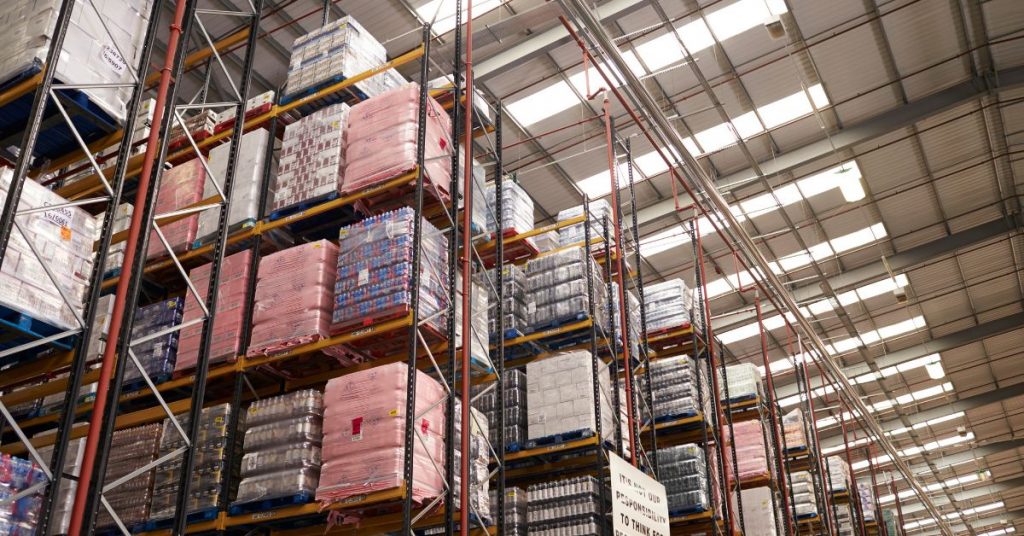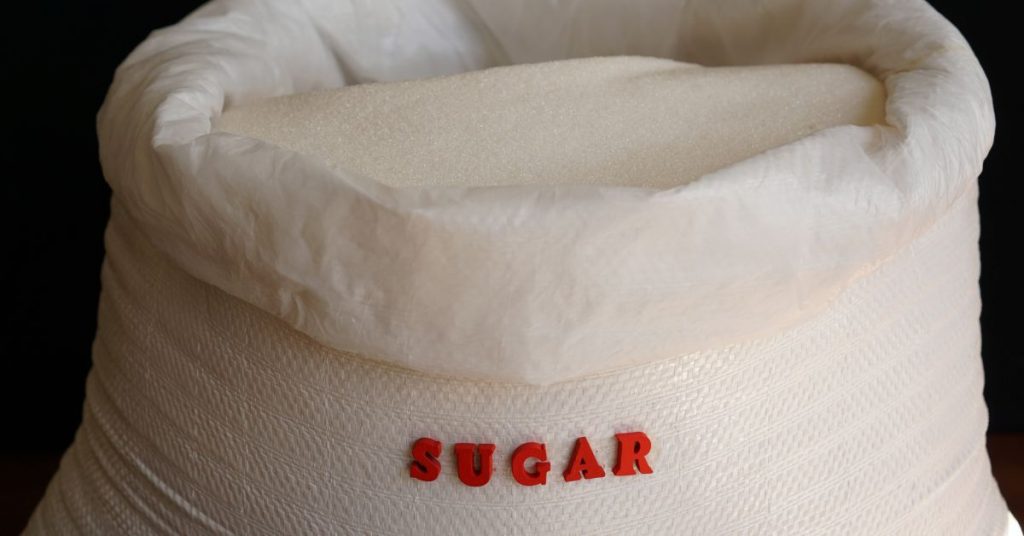Step-by-Step Guide: The Anatomy of a Trade Deal 🌐
International trade, at first glance, seems incredibly complex. Moving goods and money across borders and legal systems requires precision and coordination. However, when broken down, The Anatomy of a Trade Deal follows a logical, step-by-step process. Understanding this framework is crucial for success and risk management. At Crestmont Group, we guide our clients through every stage, ensuring transactions are smooth, secure, and profitable.
Phase 1: Preparation and Screening (The Foundation)
Every successful deal starts with finding the right partner and agreeing on clear terms. Therefore, the first phase requires rigorous screening.
- Agreeing on Terms: Buyer and seller agree on the commodity, quantity, price, and delivery method (Incoterms). These delivery rules determine who pays for insurance and shipping at different points. You can learn more about these fundamental shipping terms from the International Chamber of Commerce (ICC).
- Crestmont’s Role: We actively vet potential partners. Our due diligence process ensures you only work with financially stable and compliant entities. This commitment to security is rooted in our belief in maintaining a Vetted Counterparty Network, which we detail in another article.
Phase 2: Securing the Transaction (The Assurance)
Once the terms are set, the focus shifts to ensuring that the buyer pays and the seller delivers. This phase locks in the financial security.
- Payment Agreement: Parties typically agree on a guaranteed payment method, such as a Letter of Credit (LC), which acts as a bank’s promise of payment.
- Crestmont’s Role: We assist clients with the financial structuring. For instance, we help arrange pre-export financing or other structured trade finance solutions to ensure the seller has the working capital to produce the goods. We ensure the financial instruments protect both sides before shipment begins.
Phase 3: Logistics and Documentation (The Transfer)
This is the physical movement phase, which requires meticulous paperwork to manage the transfer of goods and legal title.
- Shipment and Insurance: The seller moves the goods to the port, secures insurance, and loads them onto the vessel.
- Document Exchange: The seller receives the Bill of Lading (B/L) from the carrier. This B/L is the legal title to the goods. Subsequently, the seller presents this B/L and other required documents to their bank.
- Crestmont’s Role: We manage the document flow, often facilitating the transition to digital documents (eB/Ls) to prevent costly delays. This crucial step showcases the Bill of Lading in Digital Trade, which we explore in a separate guide. Ultimately, fast and accurate document handling is vital for minimizing demurrage risks.
Phase 4: Final Settlement (The Close)
The final phase completes the transaction, ensuring all money is transferred and the goods reach their final owner.
- Payment Release: The buyer’s bank verifies the shipping documents and releases the payment to the seller’s bank. You can find detailed rules for LCs on the websites of international banks.
- Delivery: The buyer presents the B/L (or a digital equivalent) to the shipping line to take possession of the goods at the destination port.
In summary, breaking down The Anatomy of a Trade Deal into these four phases simplifies the complexity. Crestmont Group provides the expert guidance necessary to ensure security and profitability at every step.
Ready to simplify your global transactions? Contact Crestmont Group today to master The Anatomy of a Trade Deal with expert support.






